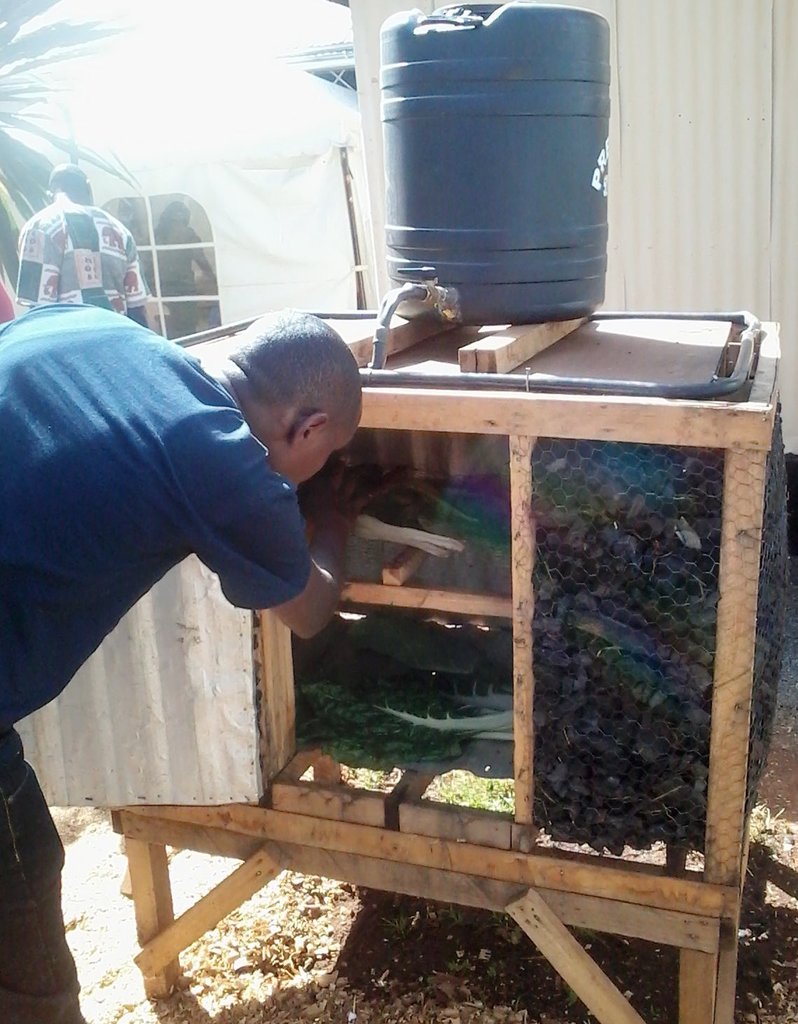
Farmers in dry regions can keep vegetable and fruit produce fresh for more than a week using an energy free wooden charcoal cooling chamber.
A charcoal chamber, which works best in regions where the air moisture content is 30 per cent or less, reduces the spoilage rate and allows for more time for sale of perishable goods by maintaining low temperatures.
Wind in areas such as North Eastern, Eastern, parts of Rift Valley and other low rainfall areas in Kenya is warm, but dry. Warmth causes foods to go bad, with ripe tomatoes taking less than four days.
According to the Queen’s University of Mechanical Engineering research, a charcoal cooler can boost the shelf life of tomatoes from two days to 20 days.
During construction of the hutch like chamber, a cavity created by a chicken wire-mesh is left all round.
The 5cm or so perimeter cavity is then filled with compact charcoal pieces.
READ ALSO: Zero energy cooling chamber extends fruits and vegetables shelf-life
A bucket or a tank placed on top of the structure suppliers the water that keeps the charcoal wet. A drip pipe running on top of the charcoal layer receives the water and distributes it evenly into the pieces.
Charcoal is a bad conductor of heat. Conventional entry of heat is limited in this case.
At the same time, the wind that is blowing into the chamber while hot dry is cooled and saturated with water particles. Its temperature is lowered as its energy is used to vapourise the water droplets in the charcoal. The process eventually lowers the temperature of the air in the chamber, where the farm produce is.
The foods are spread on the shelves in the cooler.
READ ALSO: Crab spray delays rotting of bananas
The vegetables do not also lose shape due to loss of moisture as a result of strong dry wind that is blowing.
Charcoal coolers work best in regions where the moisture content in air is below the 30 per cent mark because if the wind is warm and saturated, it will have no room to accommodate more water vapor and heat.
Excess water dripping from the charcoal can be collected by an open pipe just below the layer, then directed into another container for reuse.
















Comments powered by CComment